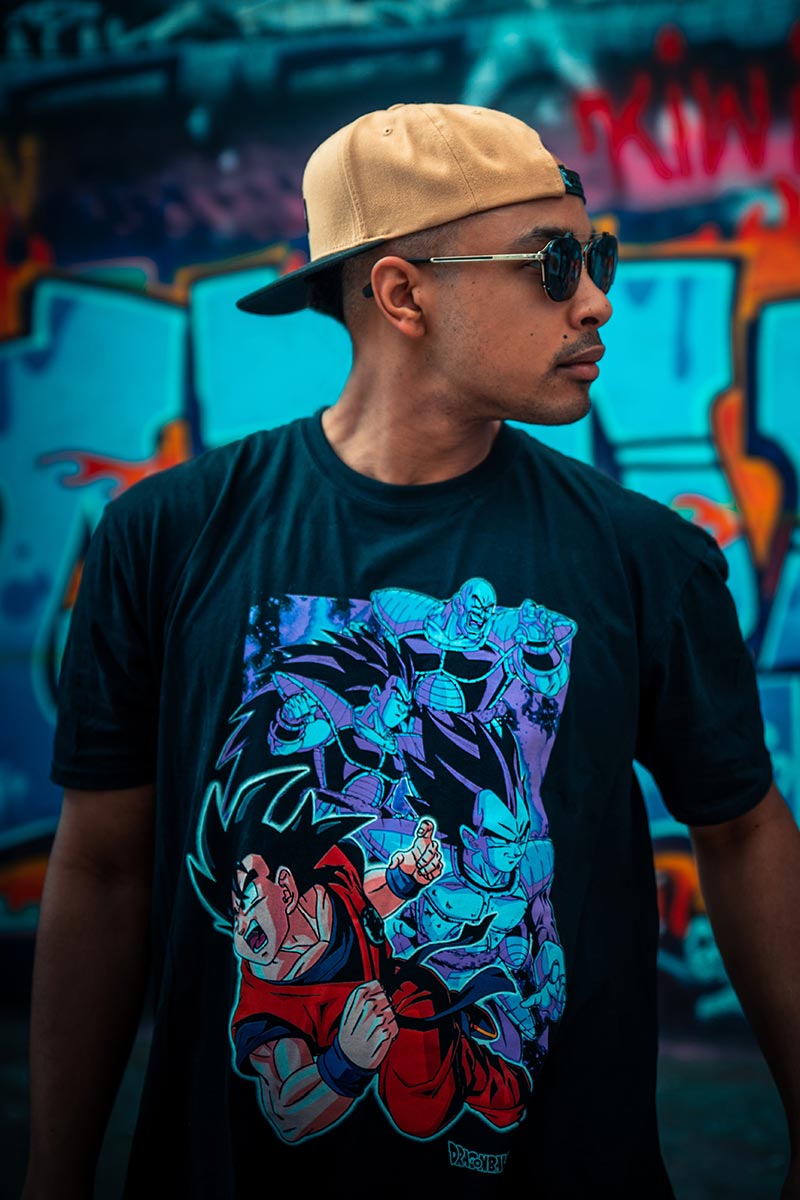Grasping DTF Printing: A Comprehensive Overview to Direct-to-Film Techniques
Grasping DTF Printing: A Comprehensive Overview to Direct-to-Film Techniques
Blog Article
Ultimate Overview to DTF Printing Techniques for Spectacular Fabric Styles
Beginning on the trip of mastering DTF printing techniques can open up a globe of opportunities for producing visually fascinating textile designs. In this overview, we will certainly explore the complex details of DTF printing, from realizing the essential fundamentals to unraveling advanced shade methods that can elevate your layouts to brand-new elevations.
Recognizing DTF Printing Basics
DTF printing, a process that entails moving styles from a special film to fabrics utilizing heat and stress, develops the foundation of fabric printing methods. This innovative method enables top notch, dynamic designs to be flawlessly transferred onto various textiles with accuracy and detail. The initial step in DTF printing involves developing or choosing a design that will certainly be printed onto the textile. This design is after that printed onto an unique film using a DTF printer, which uses details dyes or pigments to make sure color precision and resilience.
The last outcome is a stunning, lasting textile style that is cleanable, adaptable, and immune to fading. On the whole, recognizing the essentials of DTF printing is important for grasping this contemporary fabric printing strategy.
Picking the Right Textile Materials
Having established the foundational principles of DTF printing methods for fabric styles, the next important factor to consider lies in choosing the suitable textile materials to complement this innovative process efficiently. The success of a DTF print mostly depends upon the compatibility in between the chosen material and the printing method. When selecting fabric products for DTF printing, it is important to think about the material's composition, weave, and texture. Fabrics that work well with DTF printing consist of polyester blends, spandex, nylon, and other synthetic materials. These textiles generally have a smooth surface that allows for dynamic and comprehensive prints. In addition, the stretchability of these materials can accommodate the heat transfer procedure included in DTF printing without distorting the layout. It is a good idea to avoid natural fibers such as cotton or silk, as they may not yield the exact same level of print clarity and durability. By selecting the appropriate textile materials, developers can maximize the capacity of DTF printing to produce magnificent and long-lasting textile designs.

Understanding the Printing Refine
To excel in DTF printing techniques for fabric designs, grasping the printing process is crucial for achieving top notch and consistent results. The temperature, stress, and duration of heat application need to be thoroughly managed to make certain proper attachment of the design to the textile. By honing each of these actions in the printing procedure, designers can constantly create resilient and spectacular textile layouts with DTF printing strategies.
Enhancing Styles With Color Strategies

Moreover, try out shade gradients can bring a feeling of movement and fluidness to the design. By mixing shades perfectly, a slope impact can be attained, adding a dynamic and modern-day touch to the textile layout. In addition, making use of color blocking methods can create striking and bold visuals by comparing various strong shades in distinctive areas of the layout.
In addition, integrating metal or neon shades can offer a special and eye-catching component to the textile layout, making it stick out and exude a feeling of vibrancy. When purposefully applied, these shade strategies can elevate the total visual allure of fabric layouts, making them more unforgettable and fascinating.
Troubleshooting Common DTF Printing Issues
After discovering various shade strategies to boost fabric styles, it is crucial to resolve usual DTF printing issues find this that might arise throughout the manufacturing procedure. One typical issue is bad bond, which can result from improper healing temperature levels or times. To solve this problem, guarantee that the treating settings are accurate and that the adhesive utilized appropriates for the certain material being printed on. An additional constant difficulty is color inconsistencies, where colors may appear differently than expected. This can be brought on by wrong color accounts or setups in the printing software. To tackle this, double-check the color setups and profiles to ensure they match the designated layout. Furthermore, issues with photo clearness and intensity can happen as a result of low-resolution photos or improper printing strategies. To resolve this, always utilize top quality pictures and readjust the printing setups for optimum clearness. By recognizing these typical problems and executing the essential troubleshooting steps, you can enhance the overall top quality of your DTF printed textile layouts.
Conclusion
To conclude, understanding DTF printing methods is important for creating stunning textile styles. By recognizing the fundamentals of DTF printing, picking the best materials, and enhancing layouts with color techniques, one can attain remarkable outcomes. It is essential to repair typical problems that might arise during the printing process to make sure an effective end result. With technique and attention to detail, one can develop special and beautiful textile designs utilizing DTF printing methods.
DTF printing, a procedure that entails transferring layouts from a special movie to textiles making use of heat and stress, creates the structure of textile printing strategies.Having established the fundamental concepts of DTF printing strategies for textile layouts, the next critical factor to consider lies in choosing the suitable textile useful site products to match this ingenious procedure properly. By choosing the best textile materials, designers can make the most of the possibility of DTF printing to develop lasting and stunning textile designs.
To excel in DTF printing strategies for textile designs, grasping the printing procedure is crucial for attaining high-grade and consistent results. DTF Printing. By refining Read More Here each of these steps in the printing procedure, developers can constantly produce long lasting and stunning fabric layouts with DTF printing strategies
Report this page